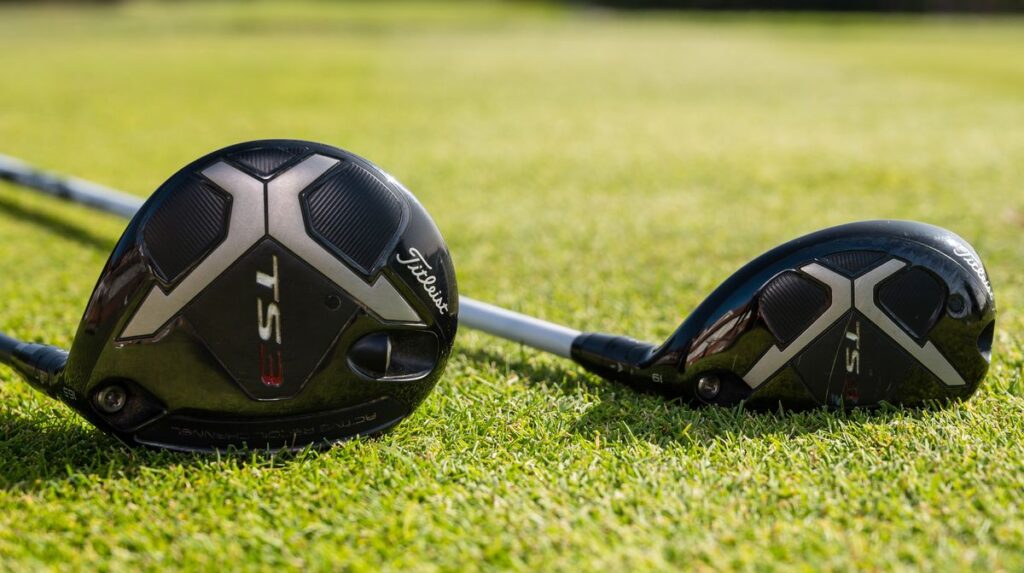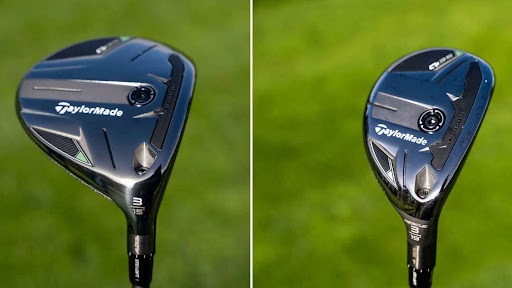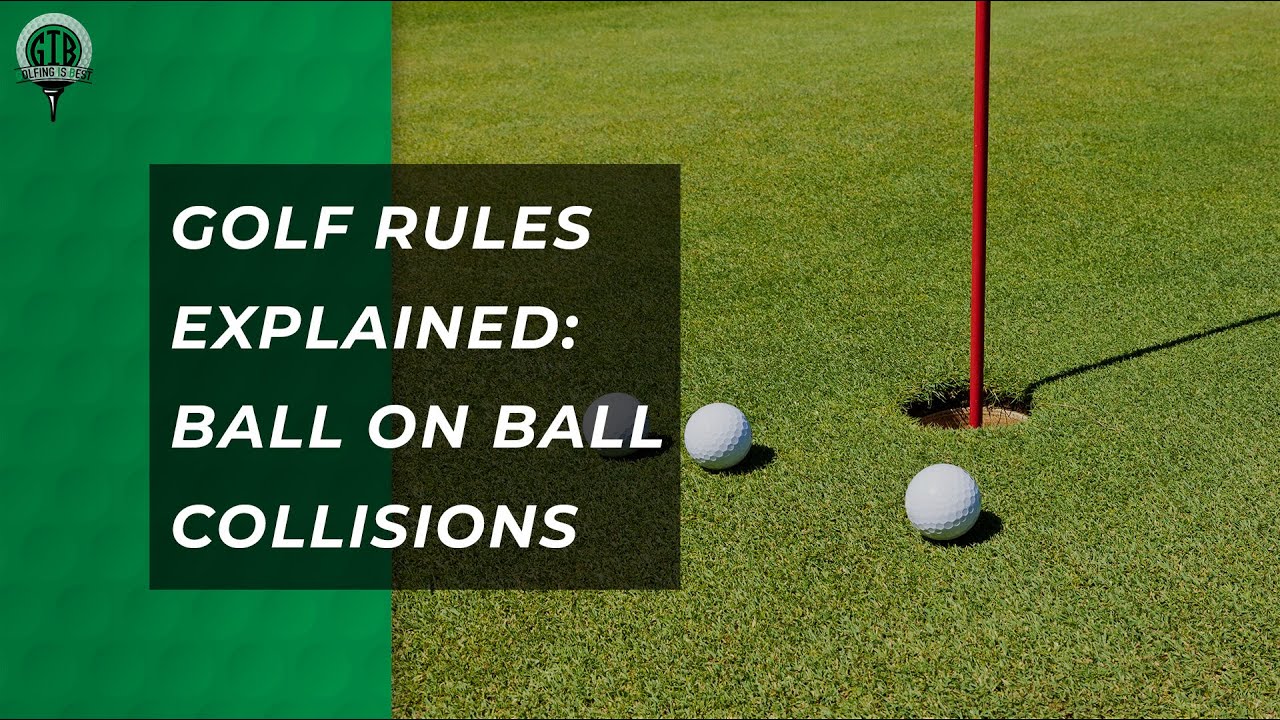In this video, we embark on a journey to demystify the often-overlooked aspect of golfing gear: Fairway Wood Lofts. Discover the critical role these clubs play in refining your game, whether you’re just starting out or have been navigating the fairways for years.
Fairway Wood Lofts Explained
Delving into the intricacies of Fairway Wood Lofts, this segment sheds light on how choosing the right loft can significantly elevate your golf performance. From understanding swing speeds to comparing different types of woods, every detail matters in your quest for the perfect shot.
Table of Contents
- Importance of Fairway Woods
- Swing Speed and Loft
- Fairway Woods vs. Drivers
- The Versatile 7 Wood
- Maintaining Even Distance Gaps
- Varying Lofts Between Manufacturers
- Embracing Adjustable Fairway Woods
- Hybrid vs. Fairway Woods
Summary
Selecting the right Fairway Wood Loft is crucial for anyone looking to make significant improvements in their golf game. This video examines key factors such as the importance of Fairway Woods, how swing speed affects loft selection, the benefits of the versatile 7 wood, and the significance of maintaining even distance gaps. Additionally, we explore the advent of adjustable Fairway Woods and the dilemma between choosing Hybrids over Fairway Woods. By the end of this comprehensive guide, you’ll be equipped with the knowledge to choose your Fairway Wood Lofts confidently.
Importance of Fairway Woods

Fairway Woods play a pivotal role in achieving greens in regulation, catering especially to women’s games by providing the necessary power. This club’s versatility proves indispensable on the course.
Swing Speed and Loft
Your swing speed is a determinant factor in selecting a Fairway Wood. Slower swing speeds benefit from more loft to ensure a higher ball launch, with 15 to 17 degrees of loft being ideal for those with speeds under 100 mph.
Fairway Woods vs. Drivers
Unlike drivers, Fairway Woods are designed for both off the tee and off the ground shots, necessitating a higher loft for optimal ball height without a tee. This versatility requires a more shallow swing style.
The Versatile 7 Wood
For those feeling less confident with Fairway Woods, the 7 wood presents a beginner-friendly option, offering forgiveness and ease of use with its 20-22 degrees of loft, albeit at the expense of some distance.
Maintaining Even Distance Gaps
Equipping your bag with well-spaced Fairway Woods is key to covering a variety of approach shots effectively, avoiding the need for awkward swing adjustments.
Varying Lofts Between Manufacturers
It’s crucial to recognize that Fairway Wood lofts are not standardized across manufacturers, leading to discrepancies. Custom fitting is recommended to ensure the loft aligns precisely with your swing.
Embracing Adjustable Fairway Woods
Adjustable Fairway Woods, which allow for fine-tuning of loft, lie, and face angle, have surged in popularity. They offer a custom fit that can significantly aid in swing improvement.
Hybrid vs. Fairway Woods

Hybrids, often compared with Fairway Woods for their similar lofts, bring versatility and have become a substitute for long irons among many players. Testing both can help in determining which better suits your game, marking an essential step in optimizing your golfing arsenal.
Thank you for joining us on “Golfing is Best”. Stay tuned for more golf tips and insights. Don’t forget to like, subscribe, and share your thoughts in the comments. Until next time, keep swinging and elevating your golf game!








